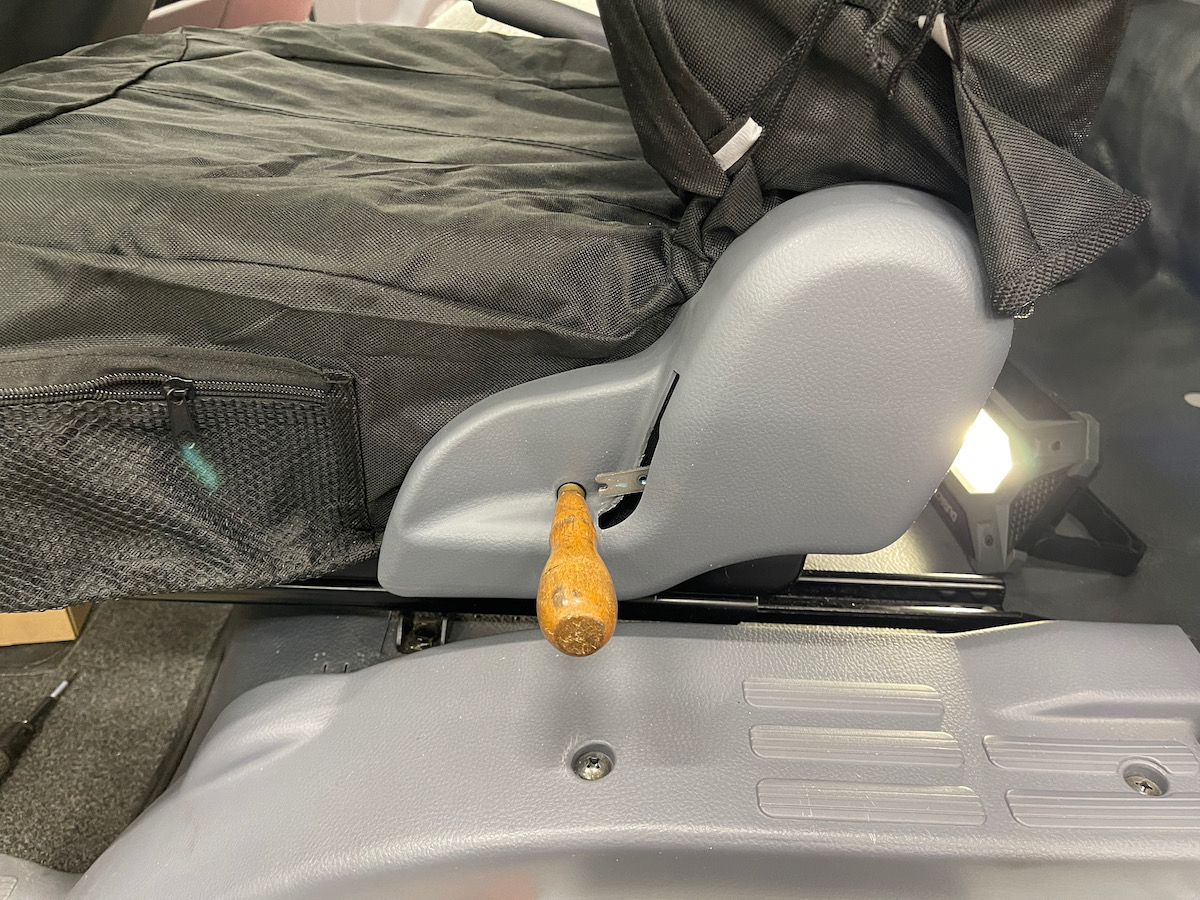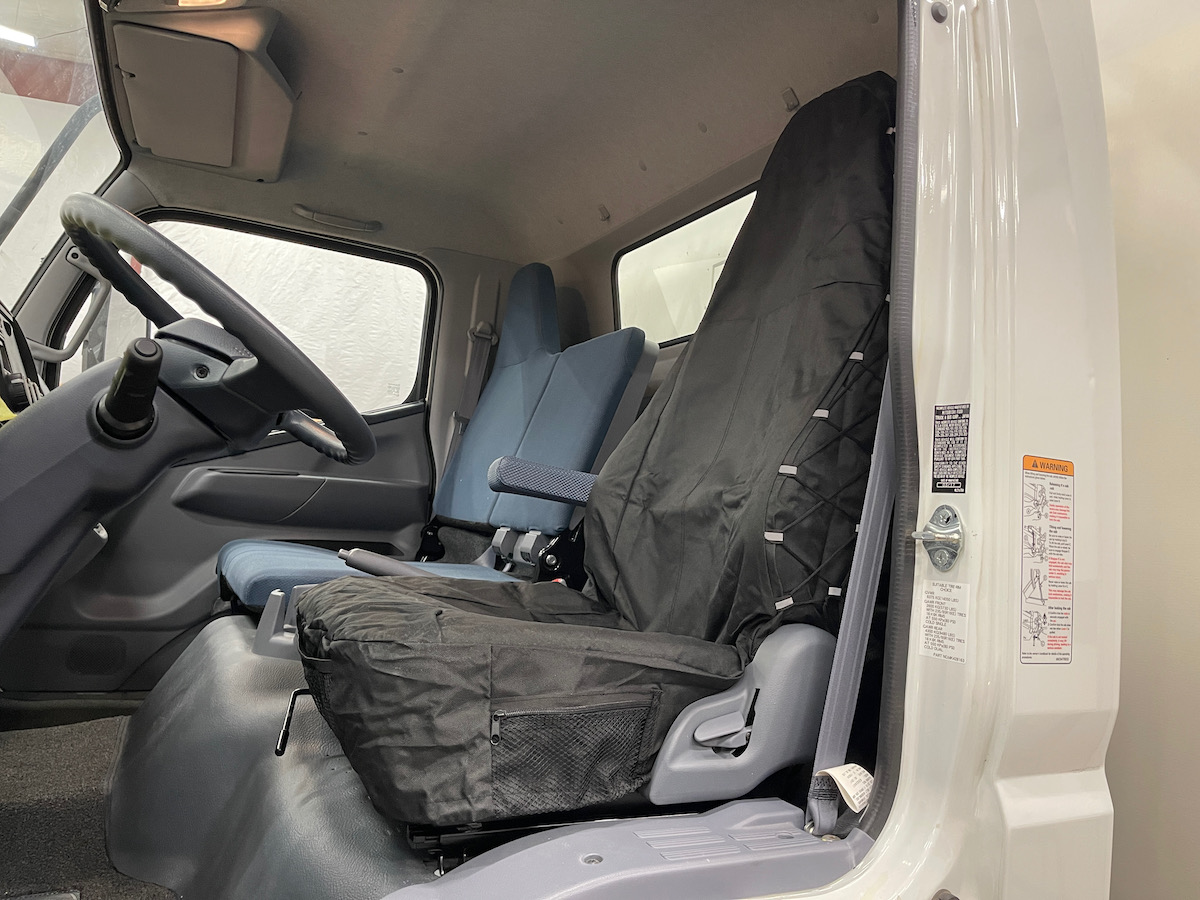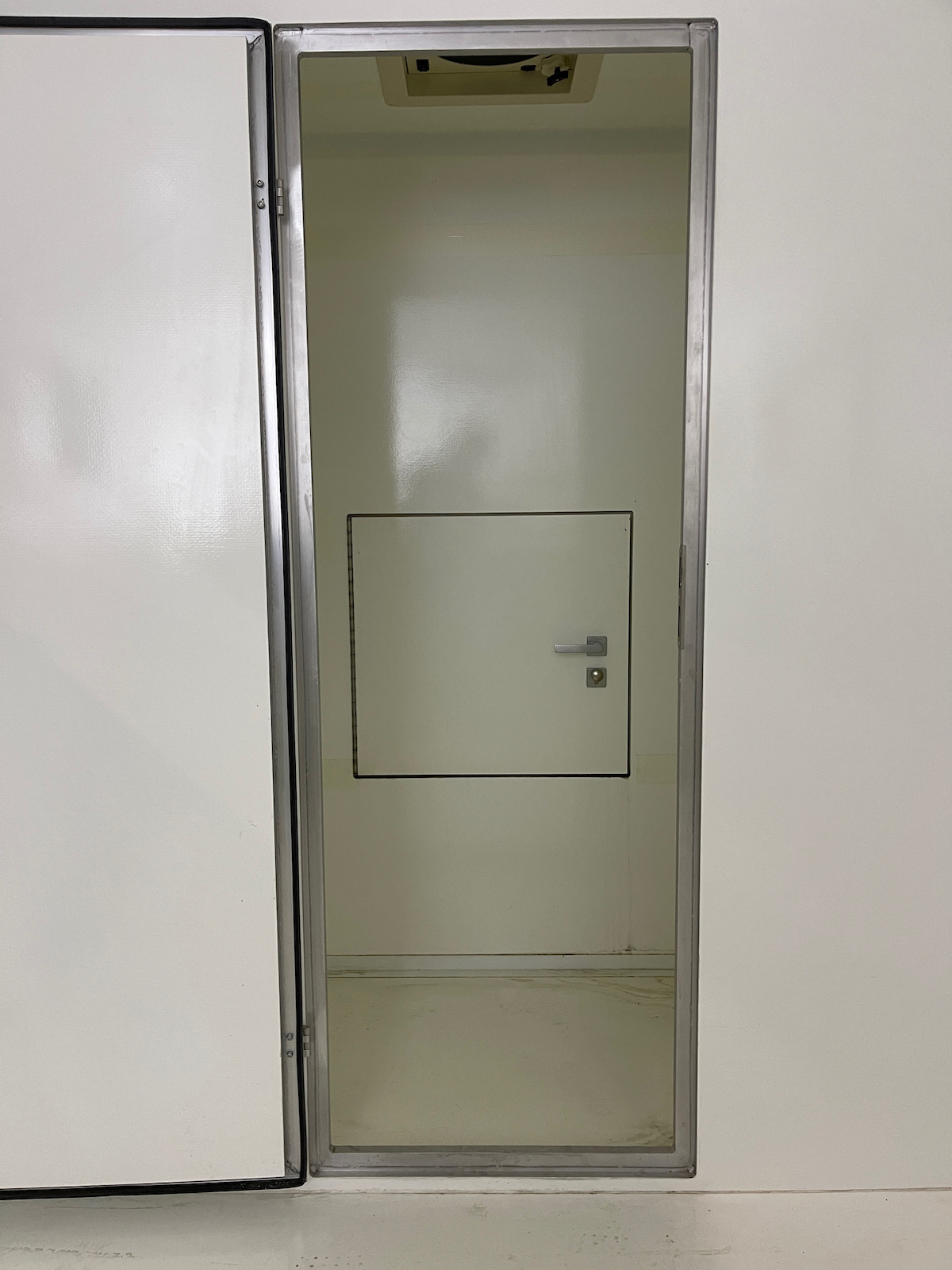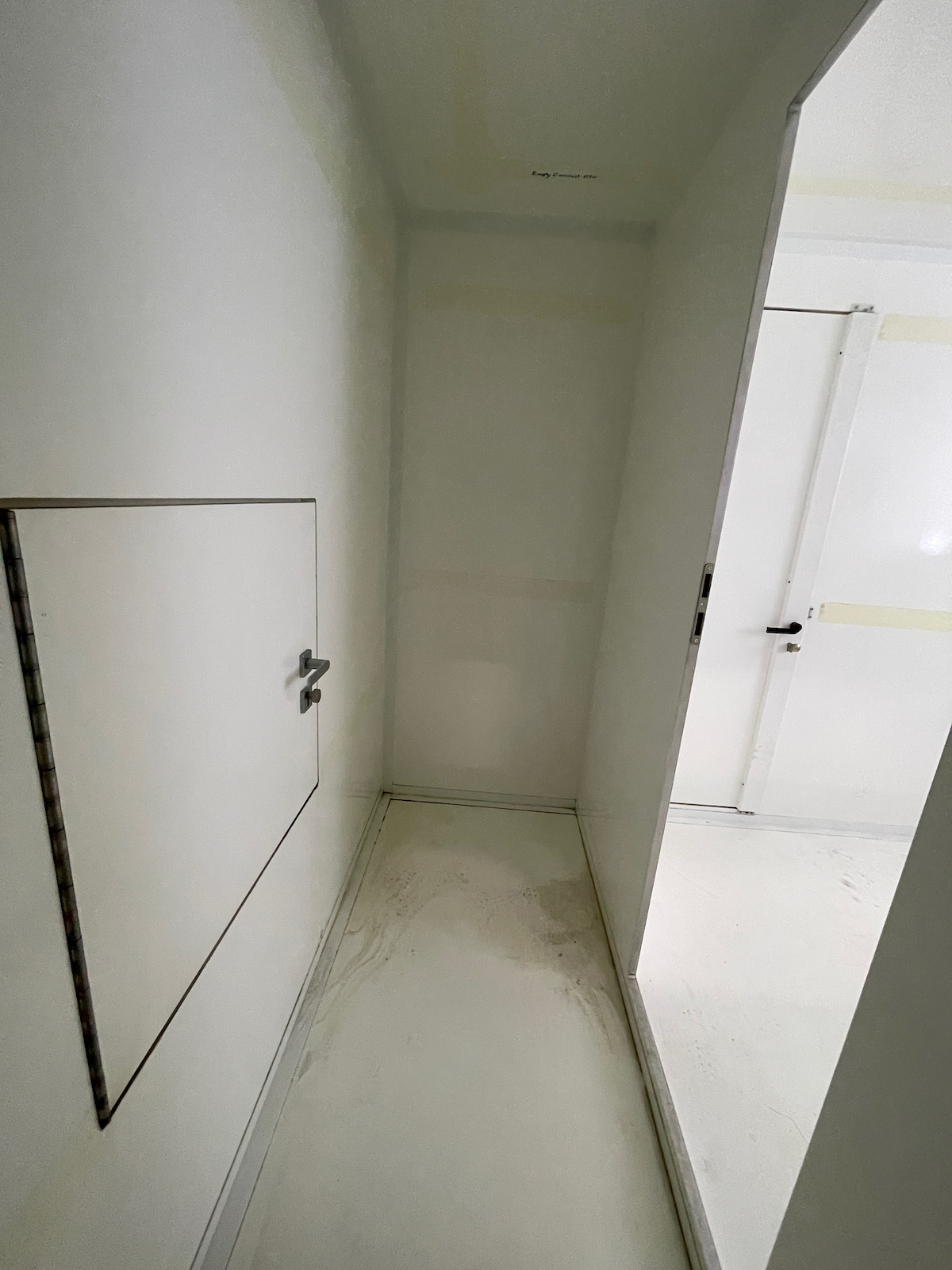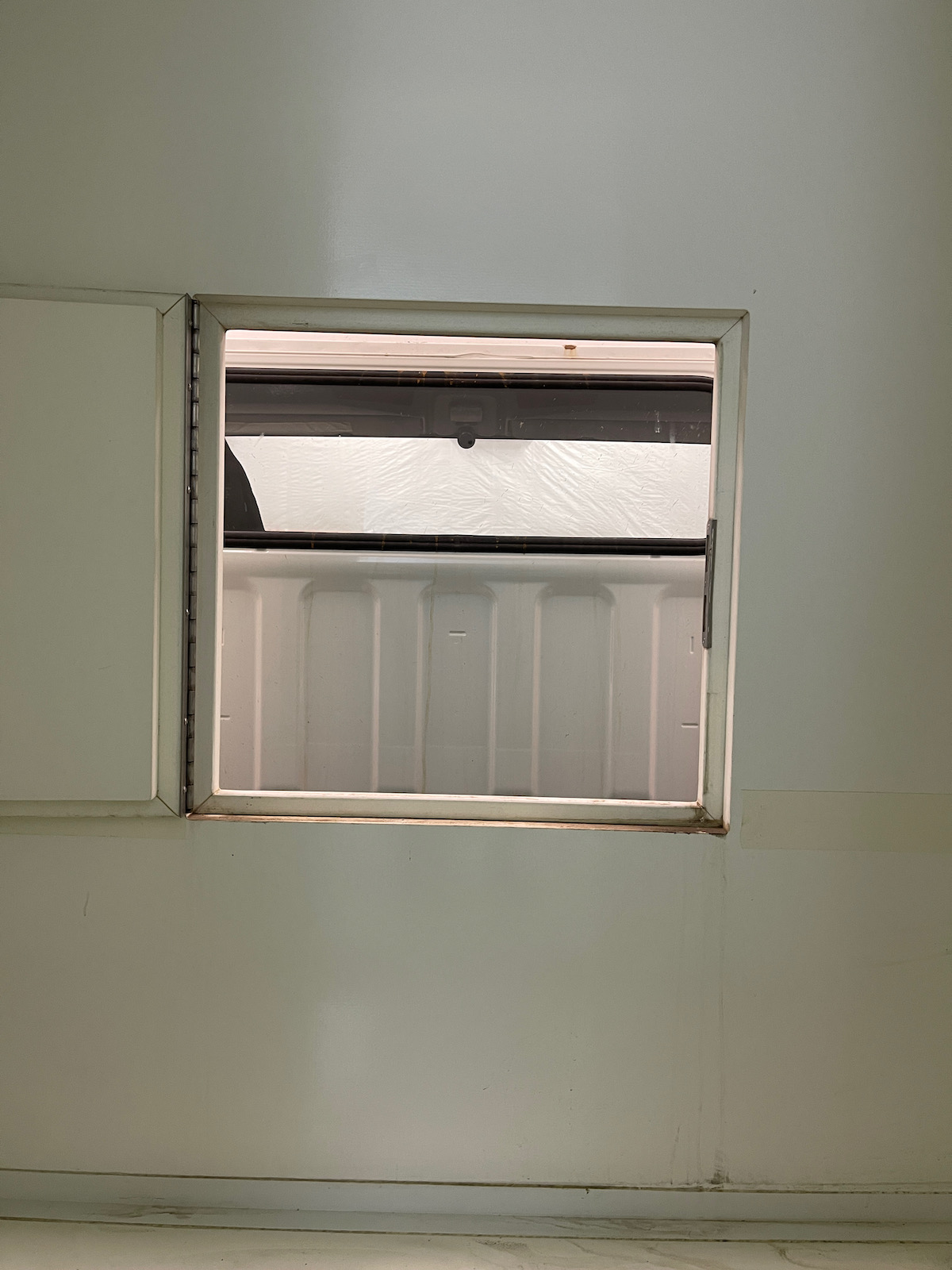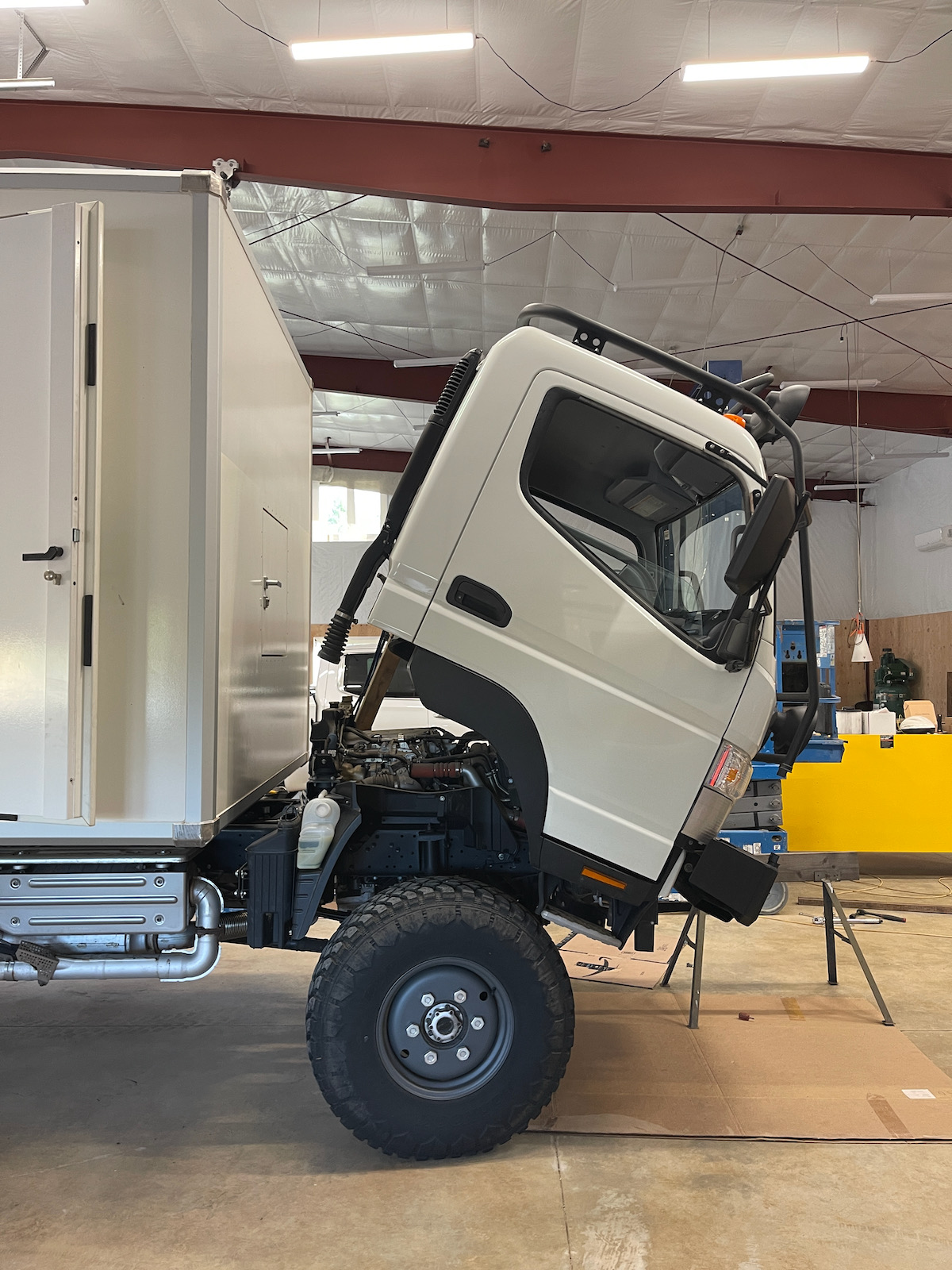samurai driver
New member
Due to the added diesel emission equipment this truck lost much of the useful saddle space along both sides. I tried to find a 10 gallon propane tank that will fit between the rear wheel and the DEF tank to no avail including Manchester online catalog. They are all too long. I didn't give up and eventually I found one rarely marketed that is intended for food carts. I ordered one and it arrived.
It turned out it is made by Manchester, which is what I was looking for from the start. With Manchester tank you can get their optional level sender for remote monitoring.

I call it Fat Man tank; the simple gauge is one I already have on hand so I snap it on to test the proper functioning of the internal float by tilting the empty tank

here is the saddle space where the tank will go, protected between two wheels
The alternate location but less preferred is between the frame at the back. I want to reserve that space for the spare wheel should I decide to mount it there.
.jpeg)
here is the retractable clothes lines that I want to procure; this one is inside the bath of my Westfalia James Cook camper
It turned out it is made by Manchester, which is what I was looking for from the start. With Manchester tank you can get their optional level sender for remote monitoring.

I call it Fat Man tank; the simple gauge is one I already have on hand so I snap it on to test the proper functioning of the internal float by tilting the empty tank

here is the saddle space where the tank will go, protected between two wheels
The alternate location but less preferred is between the frame at the back. I want to reserve that space for the spare wheel should I decide to mount it there.
.jpeg)
here is the retractable clothes lines that I want to procure; this one is inside the bath of my Westfalia James Cook camper
Last edited:

.jpeg)

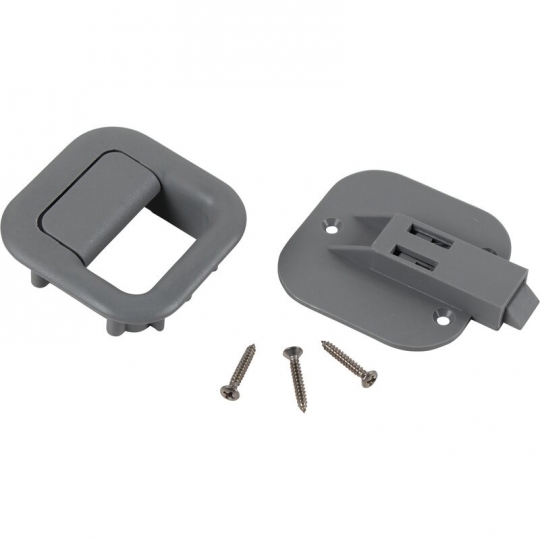
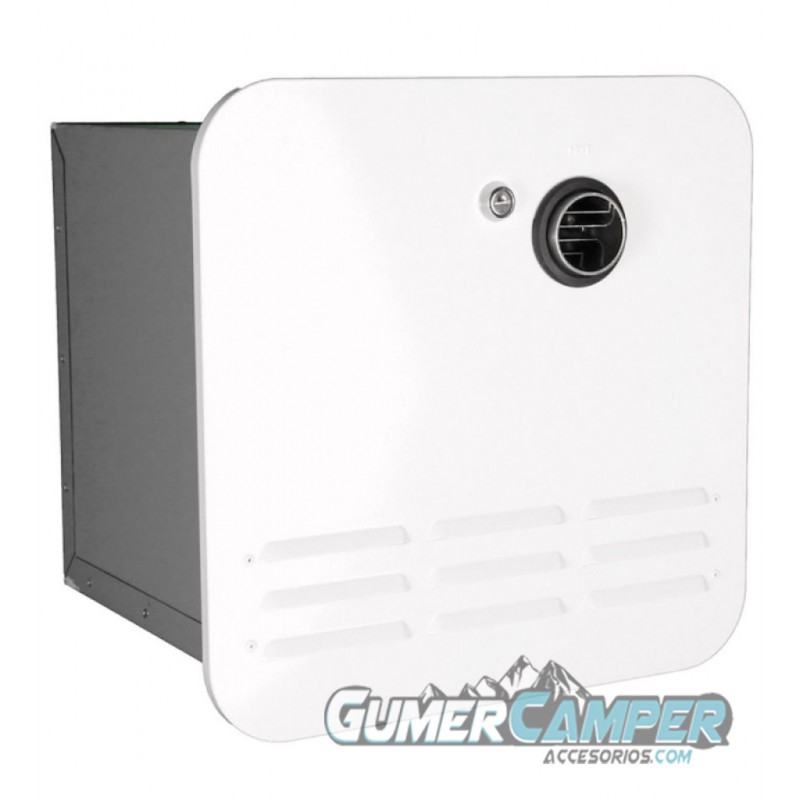
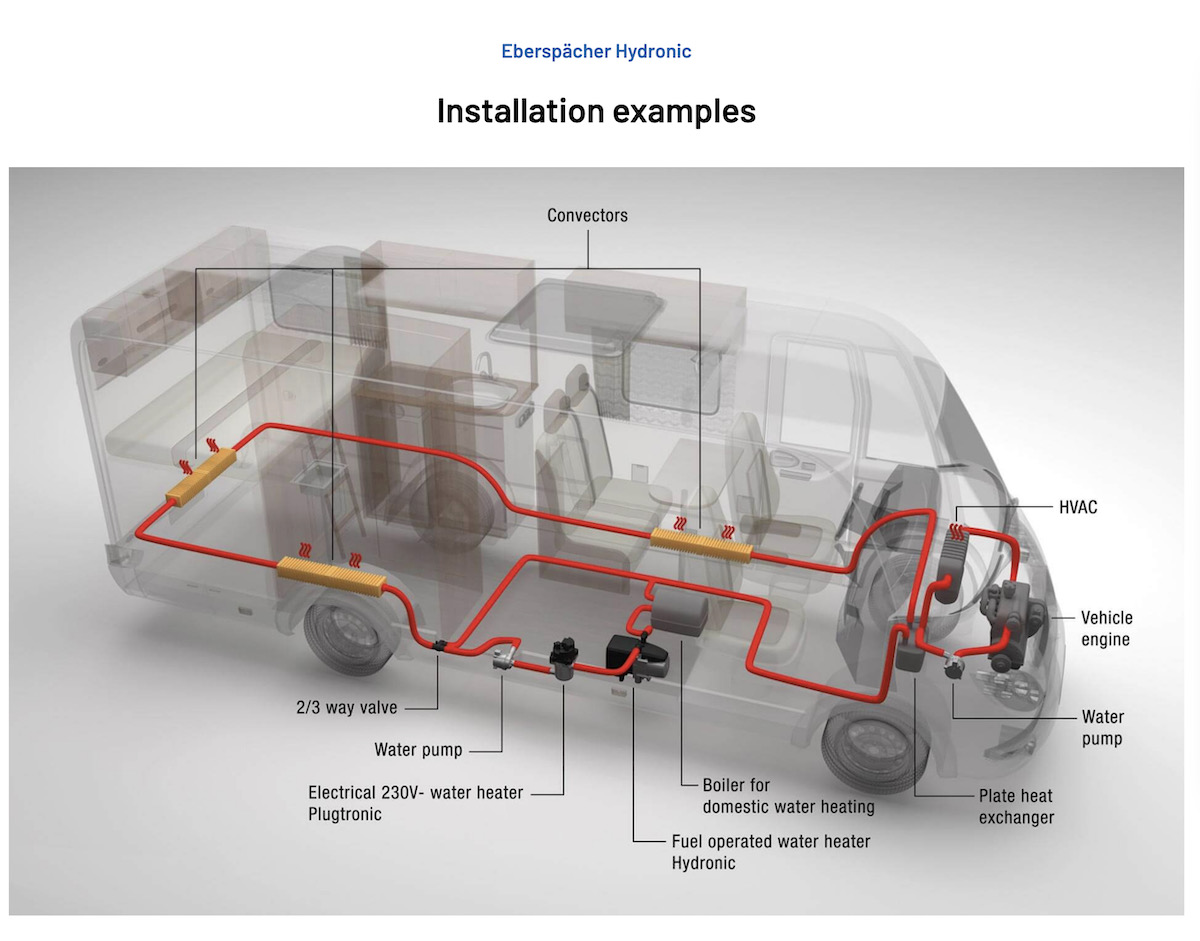
.jpeg)

.jpeg)
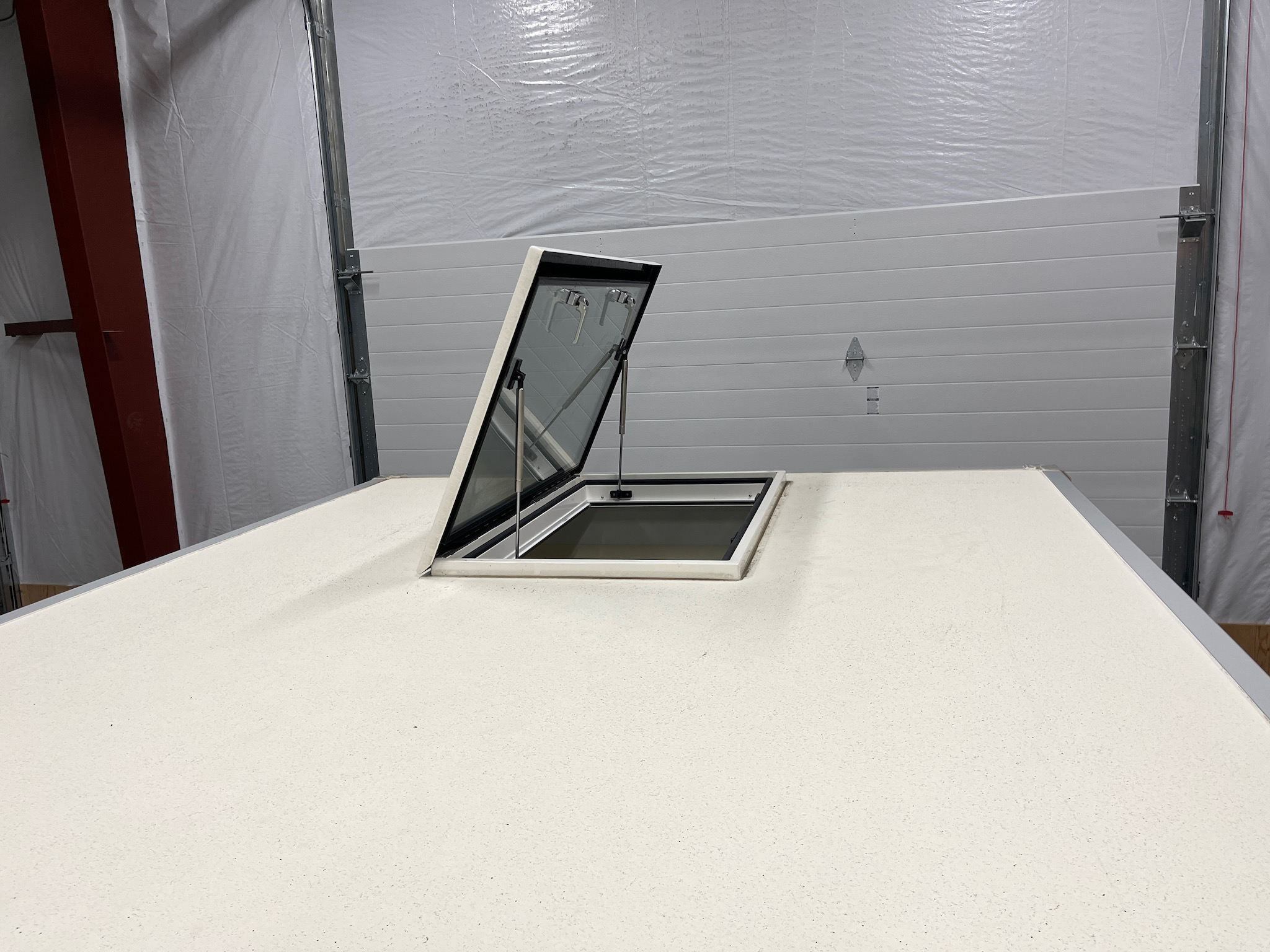
.jpeg)
.jpeg)
.jpeg)
.jpeg)

.jpeg)



